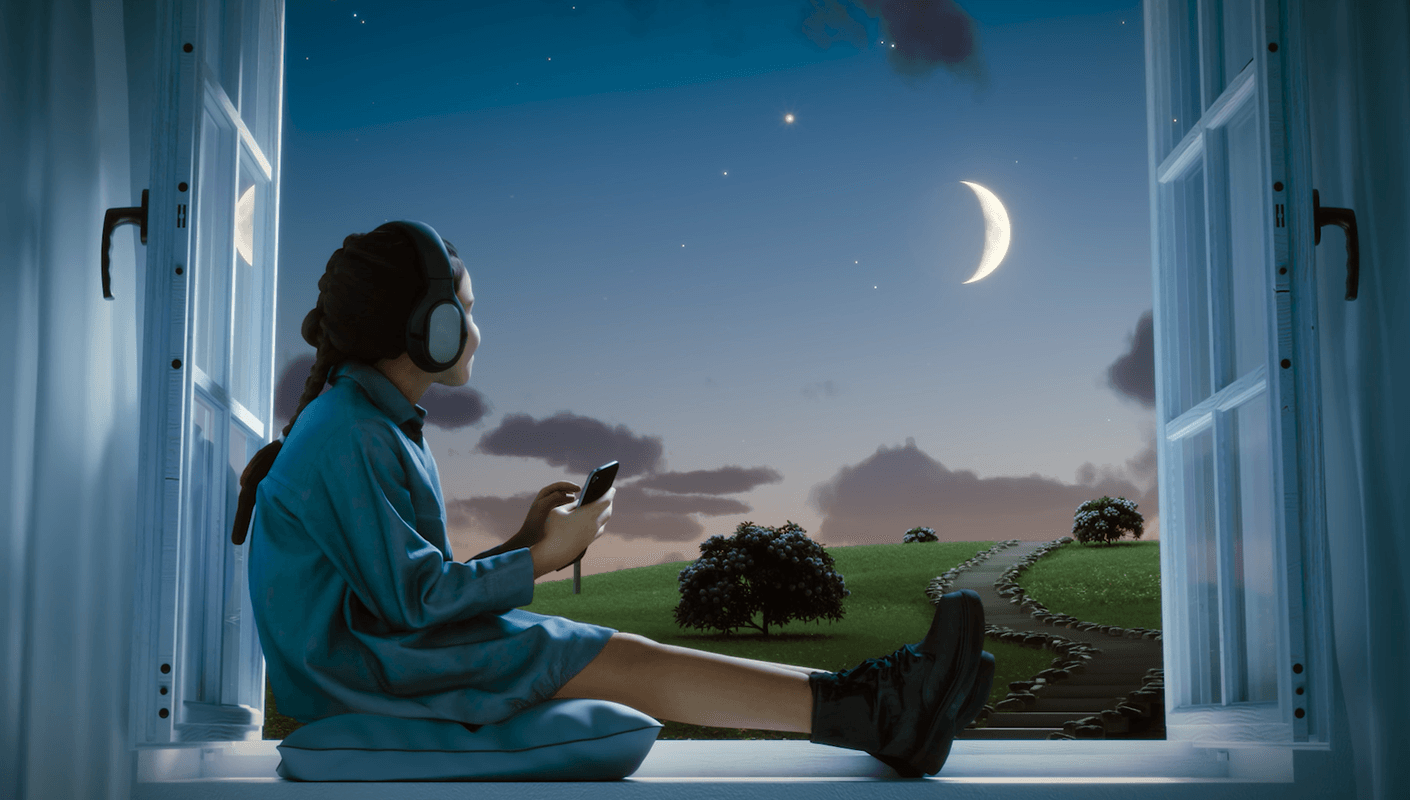
Anima 6, update 2
No more empty streets, no more empty cars! Anima 6.2 introduces drivers, passengers, smarter traffic, and contextual crowd-generation tags. Explore new smart controls and streamlined workflows, with an enhanced user experience and faster 3ds Max and V-Ray integration.













































See what our clients say about us
We help creators all around the globe bring their visions to life.